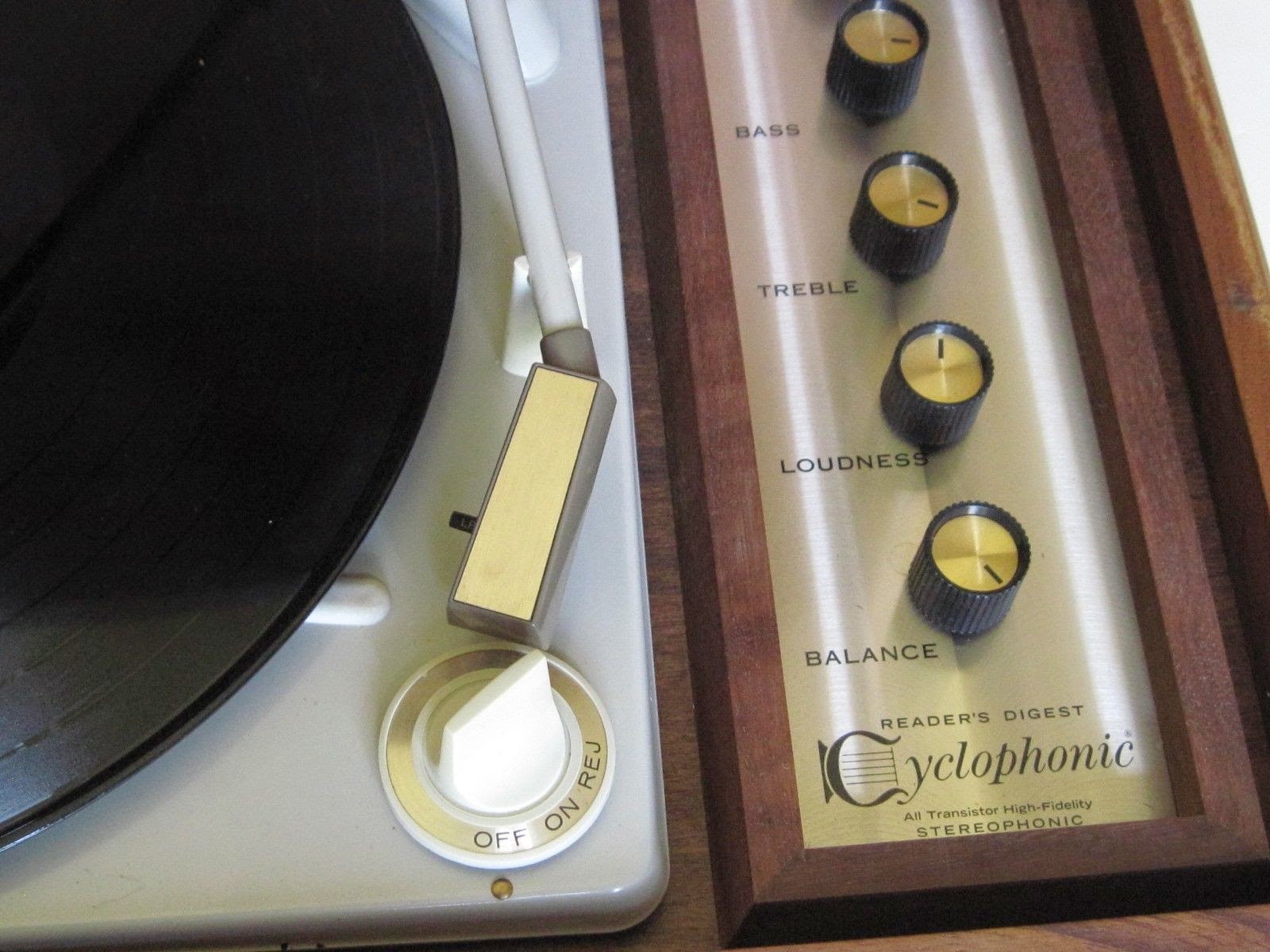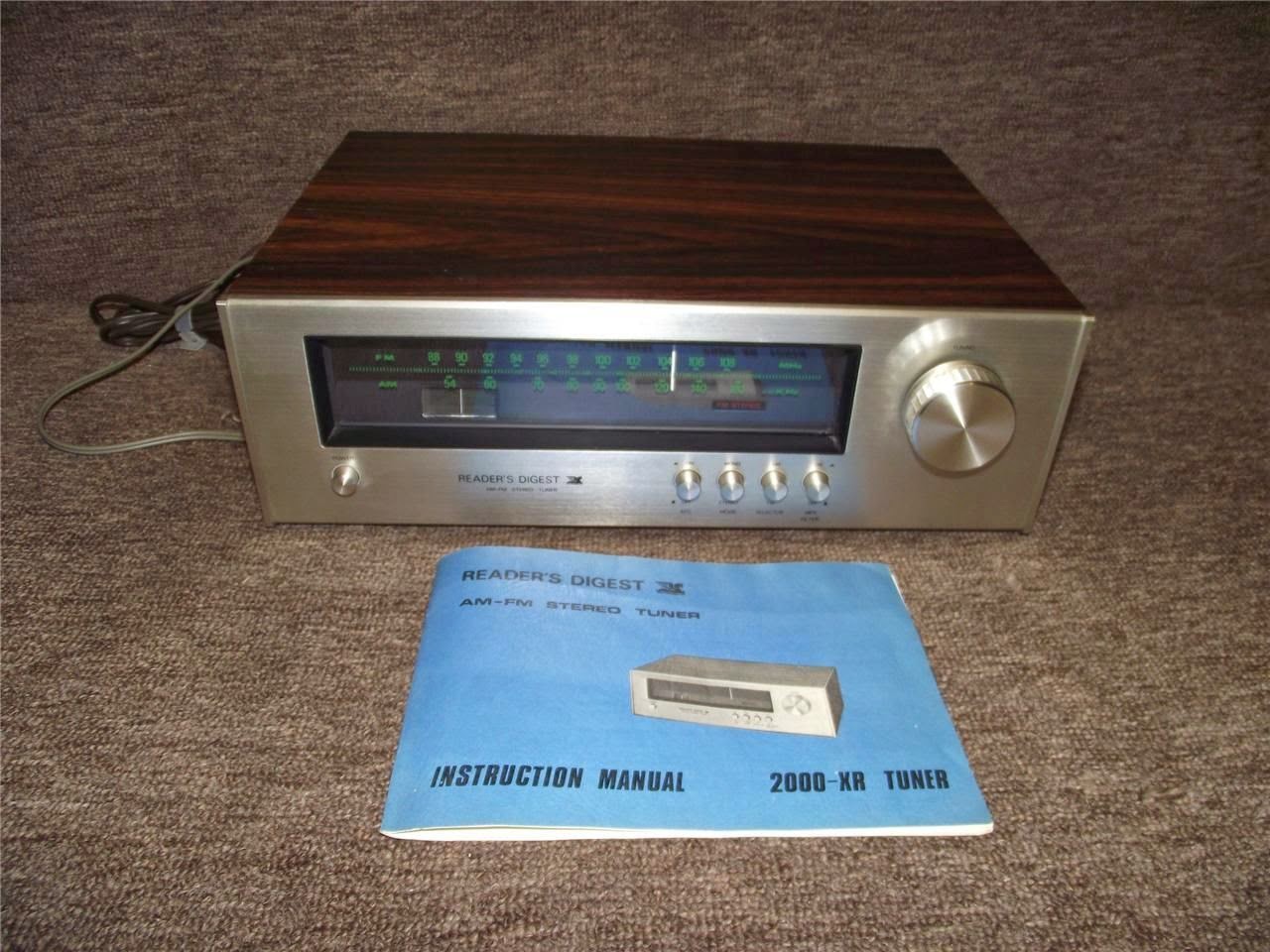 |
| Image: SeatacMedia |
Or as most of us usually define it, "Elevator Music".
Today, the term "Easy Listening" gets tossed around carelessly to describe any non-descript Adult Contemporary vocal music. Michael Bolton, Lionel Richie, Celine Dion, Phil Collins and Natalie Cole, etc. get tagged as such. Or Smooth Jazz music like Lee Ritenour, Spyro Gyra, Kenny G. or Larry Carlton. While some Easy Listening radio stations play these acts, we're not talking about them.
We're talking about the real stuff.
Orchestras and instrumentalists with names like 101 Strings, Mantovani, Ray Conniff, The Hollyridge Strings, Henry Mancini, The Birchwood Pops Orchestra, Percy Faith and others.
Easy Listening is mostly defined as instrumental music. Vocals (if any) usually consisted of chorals and gender segregated by left/right stereo speaker channel (men on the left, women on the right. Or vice-versa.)
This may sound impossible, but at one time in the '70s and early '80s, it wasn't unusual to find at least two to as many as FIVE full power FM radio stations in some areas playing this very format. I am not making that up. Ask anyone over 40.
These radio stations were programmed for adults who couldn't tolerate the original versions of already schmaltzy pop hits. They wanted it with extra schmaltz.
There were even instrumental covers of instrumental hits.
"Music Box Dancer" Frank Mills (1978) was actually a Top 10 hit in the U.S. in 1979. But few easy listening radio stations played Frank Mills' original version, opting for any cover version from one of several piano players. When your schmaltz craving is this bad, you need to check yourself in for treatment....
Back in the day in Seattle, we had KIXI, KEZX FM 99 (or as we called it in grade school, "K-Sleepy-X, FM Nighty-Nite"), "K-Bird FM 104" and the Queen Mother of all the Seattle elevator music stations, KSEA.
What kept America from a national emergency of mutually assured narcolepsy in the '70s and '80s was beyond me.
For the radio industry of the day, the choice was simple. First, it was the easiest radio format to automate.
 |
| Radio broadcasting industry trade advertisement for "The FM 100 Plan". One of several syndicators of the easy listening radio format. Photo: EasyListeningHQ.com |
 |
| The FM 100 Plan also told you exactly HOW to program their format over the air on your station (Make. It. Real......Quiet.) And DON'T goof it up. They even sent reps around to the radio stations that carried the format to make sure they were conforming. Photo: EasyListeningHQ.com |
 |
| Photo: EasyListeningHQ.com |
 |
| How '70s/'80s kids felt with this music softly playing in the background in the waiting room at the doctor's or dentist's office.... |
It only added to the suffering of any kid already in pain who really wanted to hear some Kiss or Bay City Rollers. Or P-Funk. ANYTHING more rockin' than this dreck. We'd even put up with the country station.
But how did this supposedly non-intrusive audio wallpaper get so popular?
Well first, the genre came of age in the '50s. The Big Band sound was becoming passe and some of the famous 1940s Big Band stars (Benny Goodman, Harry James, Woody Herman, etc) had gravitated towards the be-bop sound of modern jazz. Early Easy Listening stars such as Ray Conniff and Henry Mancini got their starts in Big Band music.
It was also the pre-rock heyday of the pop crooner. Stars like Perry Como, Doris Day, Patti Page, Kay Starr and Eddie Fisher were ruling the pop charts.
But there were those (especially in the golden age of Hi-Fi) who yearned for instrumental pop music. Not the loud swinging brassy pop of the Big Bands, but something more genteel and mellow.
There were also G.I.'s returning from World War II from exotic places like Hawaii, The Philippines and the islands of French Polynesia and having been exposed to the rhythms and cultures from afar as well as worldy young bachelors with the latest stereo hi-fi equipment. Former Big Band leaders such as Martin Denny and Les Baxter noticed this and began the lounge music craze and exotically themed albums began popping up as fast as Tiki themed bars across America in the 1950s.
The craze for exotic instrumentals would continue well into the '60s with the Bossa Nova craze and the Latin Pop Jazz of Herb Alpert & The Tijuana Brass, which ruled the '60s easy listening sound.
Percy Faith was one of the first who took contemporary pop vocal music and made orchestrated instrumental covers of them
"Thank you for waiting....Your patience is appreciated.....A customer service agent will be with you in 5 minutes......"
Jackie Gleason (yep, that Jackie Gleason), made a series of easy listening albums for Capitol Records from the 1950's to the '70s. He wrote and conducted his own arrangements.
In the 1980s however, the tide began to turn for Easy Listening. Stations began dropping the instrumental cover versions and playing straight ahead Lite Adult Contemporary vocal music or flipping to different formats.
In Seattle, KIXI flipped to Adult Contemporary in 1981 as "KIXI Light", followed shortly by KEZX.
KEZX however moved to a format that would later be described as AAA, or Adult Album Alternative and they were one of the pioneering stations in that format. KEZX played The Grateful Dead, Tracy Chapman, Matt Bianco, Roxy Music, Jackson Browne and Tom Waits as well as eclectic newer rock, among others and became a local phenomena. And somehow for eight years, they got away with it.
You see, KEZX's owner was an 85 year old man named Roy Park. Being elderly and frail, he did not travel much and pretty much took his station managers word for how his radio stations were doing and what they were playing and to Roy Park, KEZX was still playing Percy Faith and 101 Strings, not David Bowie and Bonnie Raitt.
And here's what happened. In September of 1990, Roy had gotten word KEZX wasn't playing the easy listening format he had intended for it. And so he made a surprise visit to the station and the minute he walked in, he heard the station's hallway air monitors playing the station's new imaging liner "98.9 KEZX, The Northwest Progressive" and segue into some uptempo song that wasn't anything close to what he was expecting and he hit the ceiling. And fired everyone. Two weeks later, the format abruptly changed back to Easy Listening in spite of some very vocal listener protests. KEZX later became a Smooth Jazz station called KWJZ and is a "Modern Adult Contemporary" today called "Click 98.9"
KSEA changed to Adult Contemporary in February 1989 and I remember watching hundreds of music reel tapes going into the dumpster (unfortunately, I couldn't rescue any. And they're extremely valuable to Easy Listening music collectors today because they contain music that was never released commercially and a single complete music reel today can fetch $500. But in 1989, they were garbage I guess.)
By 1990, Easy Listening radio stations were dropping like flies. Every day for a while, another station dropped the format for a younger leaning format. Easy Listening went from nearly 500 radio stations in 1980 to about 30 in 1995.
But easy listening still has die hard fans. And even younger generations are doing what my generation would never be caught dead doing - actually enjoying it. (And I still play Name That Tune with it.)
And there are a few radio stations still playing this music:
Terrestrial:
1340/107.3 KWXY Cathedral City, CA
90.9 WKTZ Jacksonville, FL (Update: WKTZ is no longer broadcasting over it's terrestrial signal, which was sold to Jesuscaster chain K-Love. Jones College however still streams it's easy listening format via http://jcr.jones.edu/)
95.9 KMGR Delta, Utah
97.5 KNXR Rochester, MN (No web link) (Update: Sold, changed formats)
101.1 WAVV Naples, FL (No Audio Stream)
102.1 KAHM Prescott, AZ
106.3 WGCY Gibson City, IL
Online:
WQEZ-DB (This is a tribute station to WQEZ Stereo 96 in Birmingham, AL by a devoted listener.)
Airstream.fm (Audio Stream Back up 12/25/15)
CrystalRadio.ca
Radio Programs:
The Tiki Cha-Cha Club
The Elevator Club
Koop Kooper's Cocktail Nation
The Spin-O-Rama Hour
Jet Set Planet
Cable/Dish:
Music Choice
DMX
XM/Sirus:
Escape


















